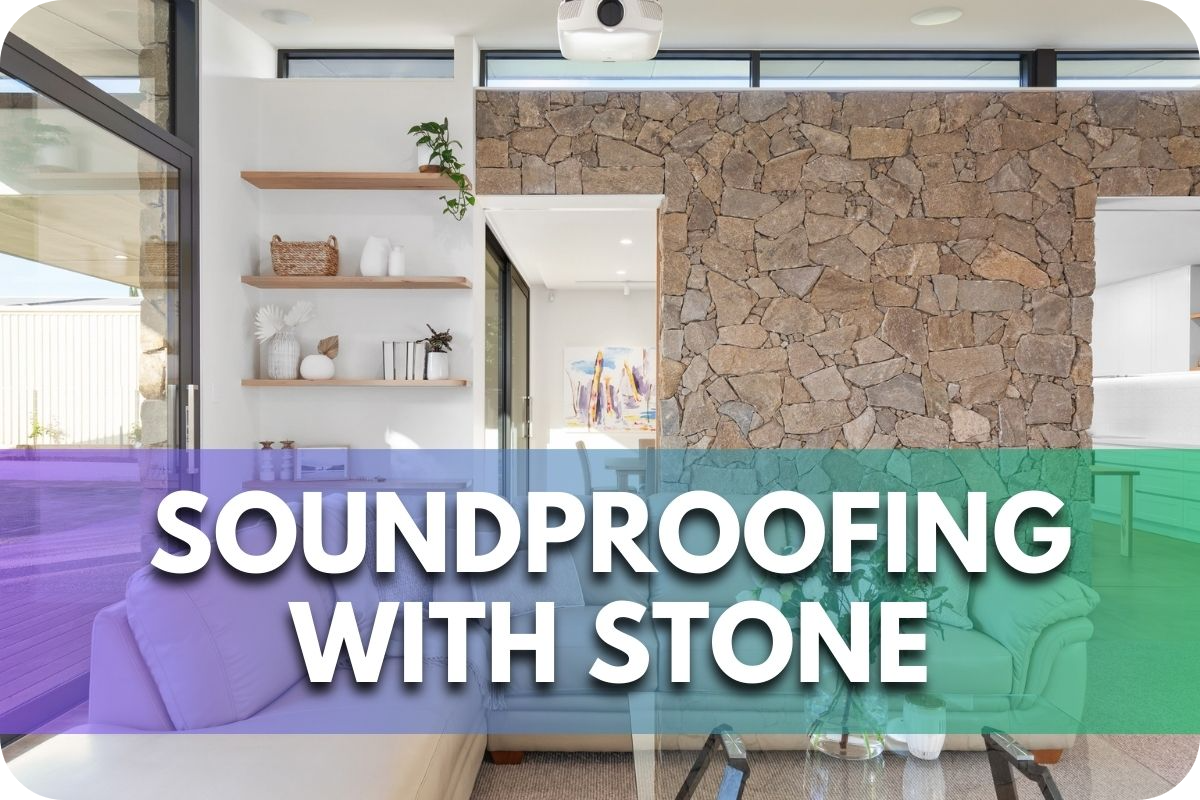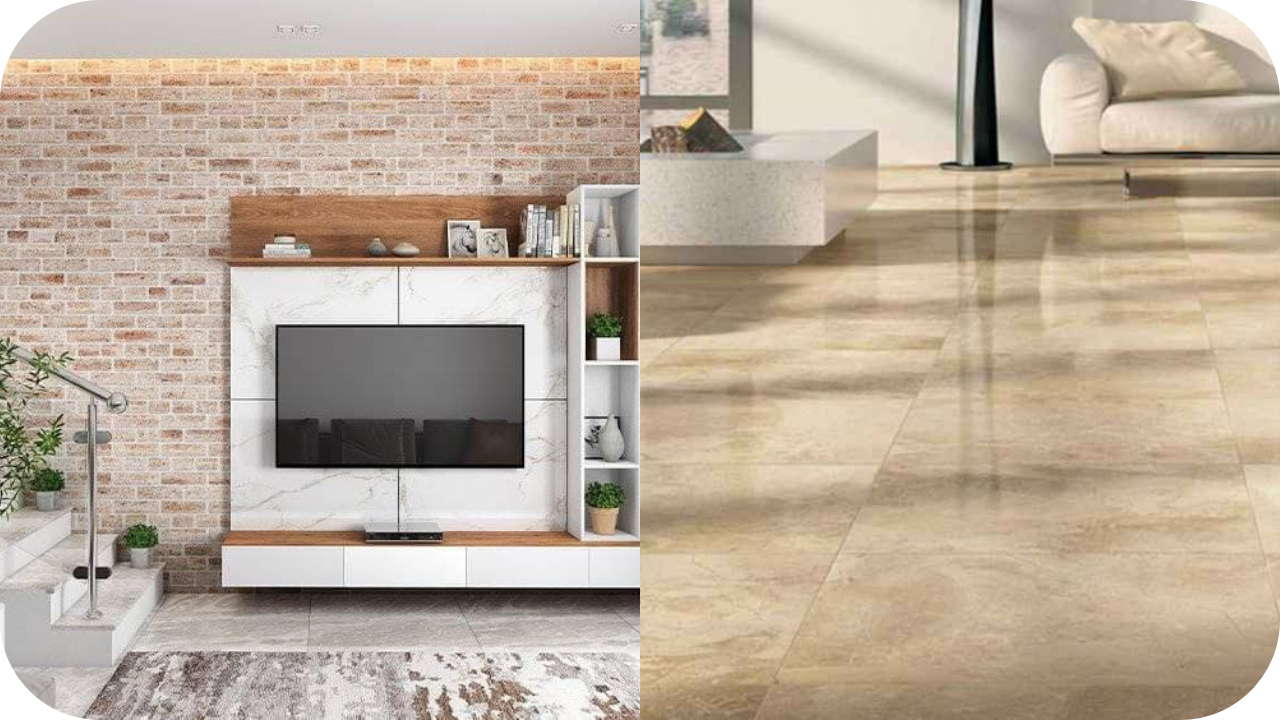
Tired of dealing with unwanted noise invading your home?
External disturbances, from noisy neighbours to traffic sounds, can disrupt peace and quiet and make it challenging to relax or focus.
Explore how soundproofing with stone can minimize noise pollution and offer effective strategies for creating a tranquil environment in your home.
Understanding Sound Transmission
1. Impact of Noise Pollution
Noise pollution can significantly impact health and well-being, increasing stress, sleep disturbances, and reduced productivity.
Understanding the detrimental effects of noise pollution underscores the importance of implementing effective soundproofing strategies within homes.
By reducing noise transmission through walls, floors, and ceilings, homeowners can create a more peaceful and comfortable living environment, conducive to relaxation and focus.
Thus, investing in soundproofing solutions becomes essential for maintaining a high quality of life and promoting overall well-being within the home.
2. Basics of Sound Transmission
Understanding sound transmission is crucial for effective noise reduction strategies in homes.
Sound can travel through various materials and structures, such as walls, floors, and ceilings, impacting indoor sound levels.
- Airborne noise, generated by sources like voices or music, travels through the air.
- Impact noise, caused by footsteps or furniture movement, transfers through solid structures.
By distinguishing between these types of noise and understanding how they propagate, homeowners can implement appropriate soundproofing measures to minimize sound transmission and create a quieter living environment.
Stone as a Soundproofing Material
1. Natural Sound Absorption
Stone, including marble, granite, and limestone, possesses innate sound-absorbing qualities, making it an effective soundproofing material.
When sound waves encounter stone surfaces, they are absorbed rather than reflected, reducing noise levels within a room.
Additionally, the dense composition of natural stone helps minimize sound reverberation, preventing echoes and creating a more acoustically comfortable environment.
By incorporating stone features like flooring, or wall cladding into home interiors, homeowners can leverage these natural sound absorption properties to enhance overall soundproofing and create quieter living spaces.
2. Mass and Density
Stone’s effectiveness as a soundproofing material stems from its mass and density.
Compared to lighter materials like wood or drywall, stone possesses greater mass and density, which are formidable barriers against noise transmission.
Thicker and denser stone slabs offer increased soundproofing benefits by absorbing and dampening sound waves more effectively.
When used in construction or as interior finishes, such as flooring, stone helps minimize the transfer of airborne and impact noise, contributing to a quieter and more peaceful home environment.
Applications of Stone for Soundproofing
1. Flooring
- Impact Noise Reduction: Stone flooring, such as marble or slate tiles, is highly effective in reducing impact noise generated by footsteps and household activities.
- Sound Absorption: Stone flooring possesses excellent sound-absorbing properties, absorbing and dampening sound vibrations to minimize noise transmission between floors. This makes it an ideal choice for areas where noise reduction is a priority, such as bedrooms or living rooms.
2. Walls and Partitions
- Enhanced Soundproofing: Stone cladding or veneers applied to walls and partitions enhance soundproofing within interior spaces.
- Sound Barrier: Stone walls, due to their density and mass, act as effective sound barriers, reducing airborne noise transmission between rooms. This feature is particularly beneficial in homes with open floor plans or shared living spaces where privacy and noise control are important considerations.
Additional Soundproofing Strategies
Sealants and Insulation
- Enhanced Soundproofing: Combining sealants and insulation materials with stone can significantly boost soundproofing effectiveness in homes.
- Reduction of Noise Transmission: Sealing gaps and adding insulation in walls and floors helps minimize airborne and impact noise transmission between rooms. This dual approach creates a more acoustically insulated environment, promoting tranquillity and privacy within the home.
Furniture and Decor
- Soft Furnishings: Integrating soft furnishings like plush sofas, upholstered chairs, and cushions into interior spaces effectively complements stone soundproofing strategies.
- Area Rugs and Draperies: Incorporating area rugs and heavy draperies can further dampen the sound by absorbing and diffusing noise within the room. These soft materials help reduce noise reflections, creating a more peaceful and comfortable living environment.
Acoustic Panels and Tiles
- Purpose-built Solutions: Installing acoustic panels or tiles on walls and ceilings offers targeted soundproofing solutions for specific areas in the home.
- Sound Absorption: These panels are designed to absorb sound waves, minimizing room reverberations and echoes. They are particularly effective in spaces like home theatres, offices, or music rooms where precise control over sound quality is desired.
Conclusion
Stone offers unparalleled benefits for soundproofing in homes, enhancing tranquillity and privacy.
Explore stone soundproofing strategies for your next project.
Contact Splendour In Stone Melbourne for expert advice and installation services to elevate your home’s acoustics with timeless elegance.
More To Explore

Best Natural Stone Paving Options in Victoria
Outdoor living has become a way of life in Victoria — from sunlit patios in regional retreats to sleek courtyards in urban Melbourne. With this

Rustic vs Polished Stone for Indoor Spaces
Selecting the right stone finish for indoor spaces can significantly influence your home’s aesthetics and functionality. Polished stone offers a sleek, reflective surface that enhances


